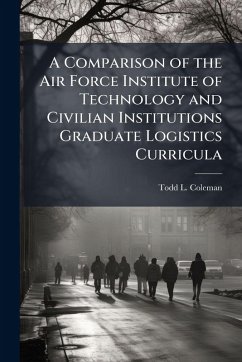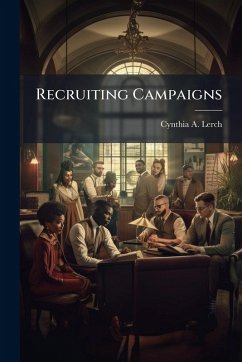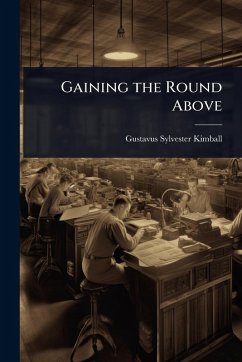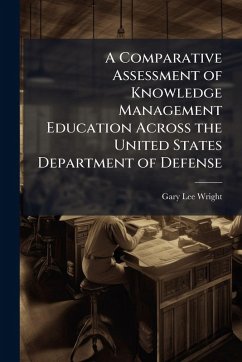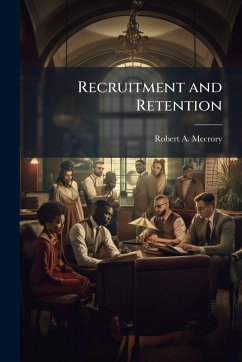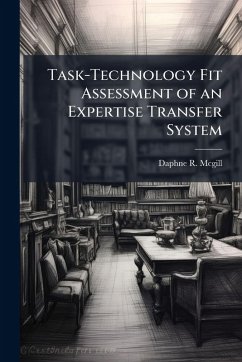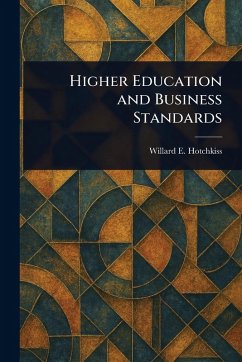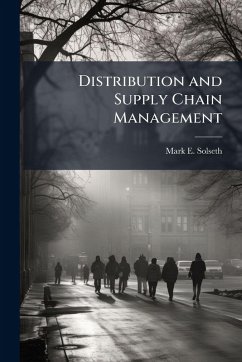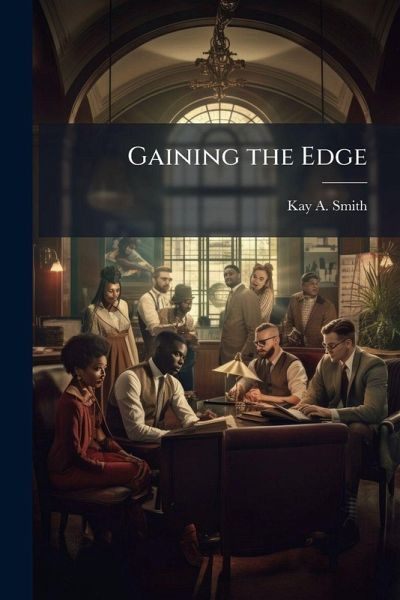
Gaining the Edge

PAYBACK Punkte
7 °P sammeln!
Young Americans graduating from high schools have various options--among them are attending college, going to a trade school, or entering the workforce. Of the high school class of 2007, 67.2% of the approximately 3 million high school graduates chose to attend college--68.3% of the young women and 66.1% of the young men. Remaining is about one million graduates annually open to exploring other avenues. The United States Air Force (USAF) is just one of those potential employers looking for the best and brightest of the non-college bound sector to recruit into the enlisted corps. My thesis prop...
Young Americans graduating from high schools have various options--among them are attending college, going to a trade school, or entering the workforce. Of the high school class of 2007, 67.2% of the approximately 3 million high school graduates chose to attend college--68.3% of the young women and 66.1% of the young men. Remaining is about one million graduates annually open to exploring other avenues. The United States Air Force (USAF) is just one of those potential employers looking for the best and brightest of the non-college bound sector to recruit into the enlisted corps. My thesis proposes implementing generational cultural training into recruiting efforts at all levels to more efficiently target our audience of qualified high school graduates ages 18-25; saving both money and time while increasing the quality of recruit. Each year the USAF dispatches 1,114 recruiters to canvass high schools, community colleges, and local events for eligible candidates at a cost of $8,741 per recruit (for 2007). With the exception of one year (1999) in the last thirty, the USAF has met its enlisted accession (EA) recruiting goal; proof that its tactics are sound. This work has been selected by scholars as being culturally important, and is part of the knowledge base of civilization as we know it. This work was reproduced from the original artifact, and remains as true to the original work as possible. Therefore, you will see the original copyright references, library stamps (as most of these works have been housed in our most important libraries around the world), and other notations in the work. This work is in the public domain in the United States of America, and possibly other nations. Within the United States, you may freely copy and distribute this work, as no entity (individual or corporate) has a copyright on the body of the work. As a reproduction of a historical artifact, this work may contain missing or blurred pages, poor pictures, errant marks, etc. Scholars believe, and we concur, that this work is important enough to be preserved, reproduced, and made generally available to the public. We appreciate your support of the preservation process, and thank you for being an important part of keeping this knowledge alive and relevant.




